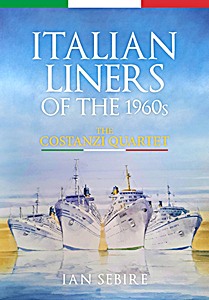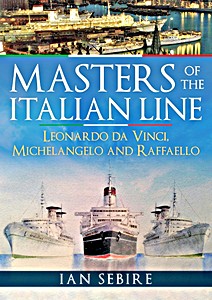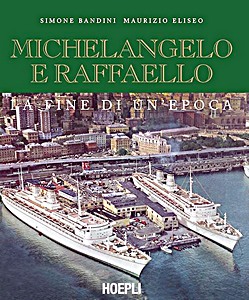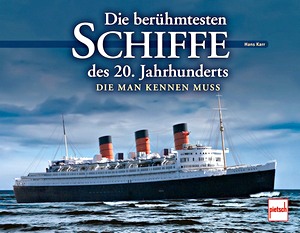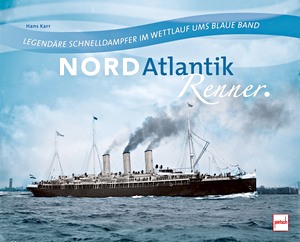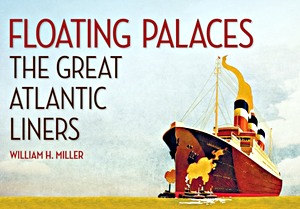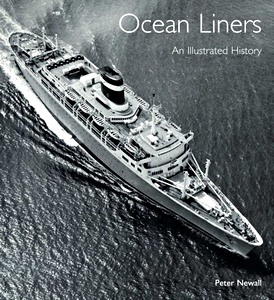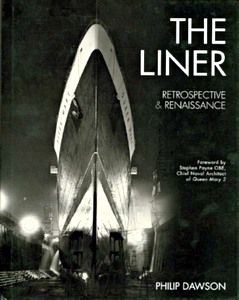Great Mediterranean Passenger Ships
It is hard to think of the passenger liners from the golden era of Mediterranean cruising without also conjuring the nostalgic, dream-like vision of azure-blue waters, bright sunshine and swimming pools with clusters of umbrellas and sunbathing passengers.
The great age of Mediterranean passenger liners began in the 1920s when the Italians built their first big ships, such as the Augustus, Saturnia and Conte Grande. In the 1930s, things got really interesting with the creation of the superliners Rex and Conte di Savoia.
In the 1950s and '60s, as Italy built a huge post-war fleet, Greece, Spain, Portugal, Turkey and Israel commissioned their biggest ships yet.
William Miller has written ninety books on passenger ships and is an acknowledged world expert in his field.
Full of colour and the first-hand memories of passengers and crew, this endearing reflection on the majestic world of Mediterranean travel cannot be missed. Quick, the whistles are sounding!
Details
| Autor: | William Miller |
|---|---|
| Ausführung: | 96 Seiten, 22.5 x 25 cm, kartoniert |
| Abbildungen: | 110 s/w-Abbildungen und 70 Farbfotos |
| Verlag: | The History Press Ltd (GB, 2016) |
| ISBN: | 9780750963084 |

Great Mediterranean Passenger Ships
Sprache: Englisch
Erhältlich bei Amazon - sichere Zahlung und schnelle Lieferung
Kaufen bei Amazon DE
